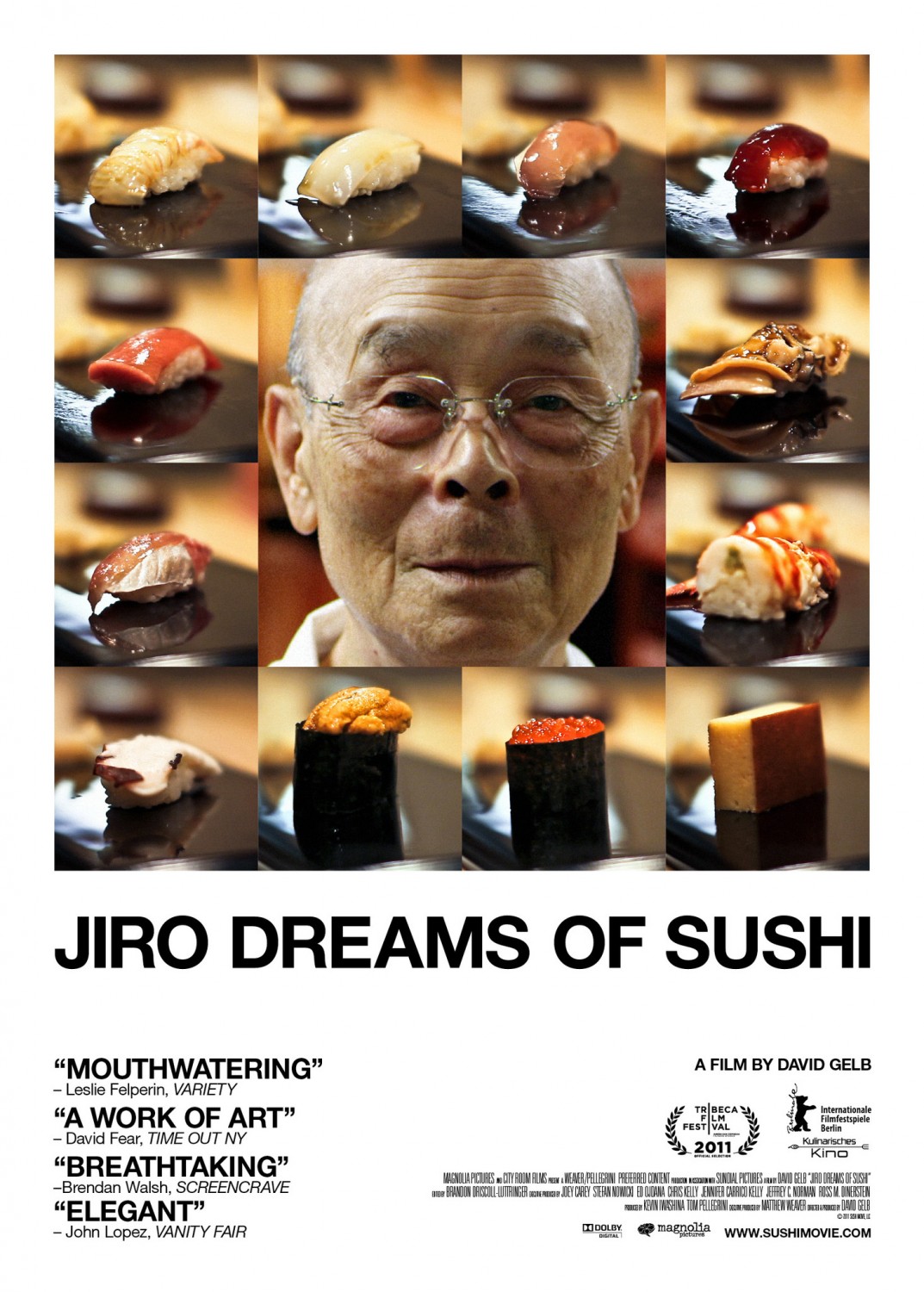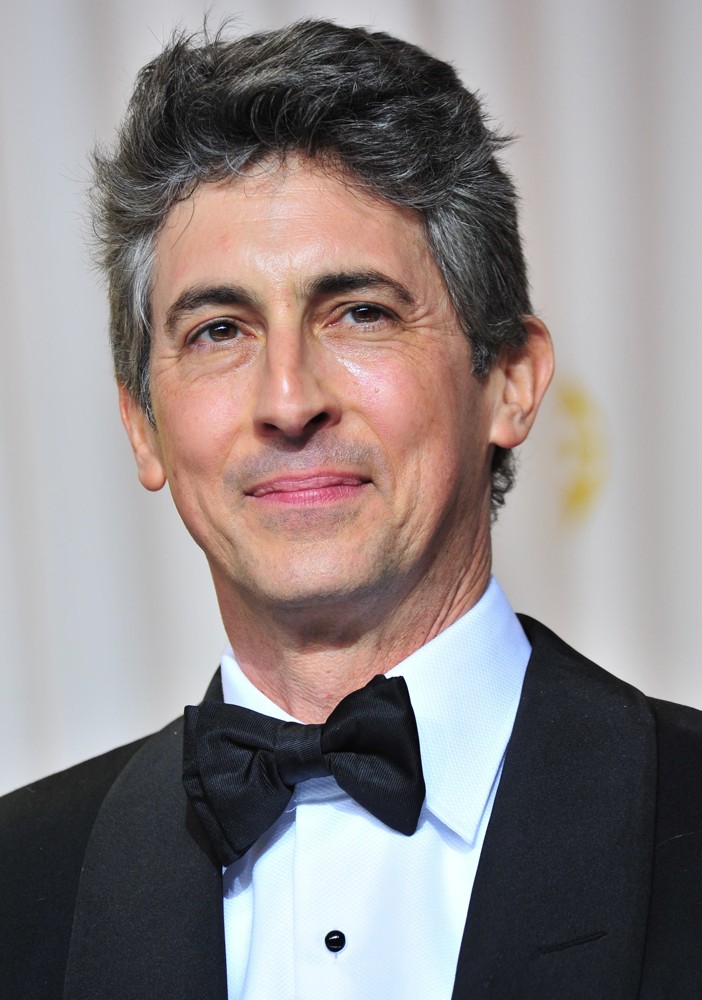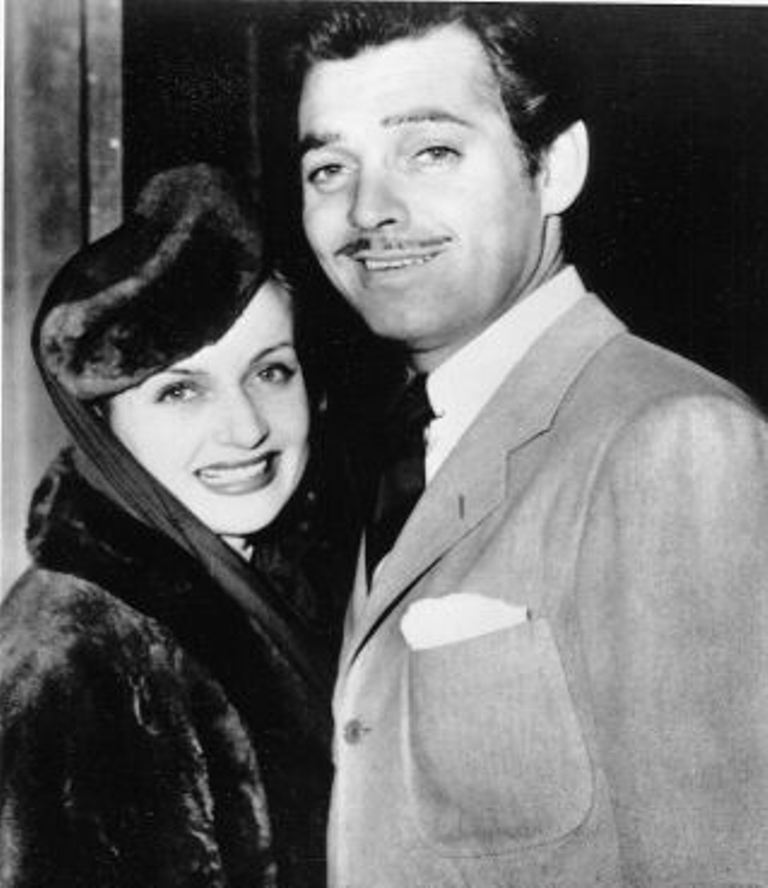Yesterday, I was able to see Wes Anderson's newest film, The Grand Budapest Hotel. I was super excited to see this film because I recently became a fan of Anderson last year when I saw his Academy-award nominated film, Moonrise Kingdom. So The Grand Budapest centers around the cryptic Grand Budapest Hotel, which we see in the present and then in its former glory. The Grand Budapest Hotel (in its former glory) was run by M. Gustave H. a very flamboyant man whose life is abruptly changed when a former guest is murdered, and he is the suspected murderer. With his lobby boy, Zero, M. Gustave H. tries to clear his name.
 |
| M. Gustave H. (Ralph Fiennes) and Zero Mostafa (Tony Revolori) |
So the hallmark of all Wes Anderson films are their cinematic elements, primarily the colors and framing. I think as a viewer, those aspects are what drew me most into his films—that they're more than just an interesting story; they're an art form. And he didn't miss on this one. The colors were as vibrant as ever, throwing in more pastel colors (as seen above), most likely to reflect the importance of a character who works in a bakery but possibly also reflecting the childlike surreality of the film. In addition, Anderson continued with his center framing. To be honest, I was pretty put off by the center framing at first. It takes away from the drama of the characters. But as it progressed, I actually ended up liking it. I think that center framing the shot really shows how in-character the actors are. By center framing, they have to really put all their effort into each movement and expression. Also outside of these elements, Anderson casted a pretty famous crowd for The Grand Budapest Hotel, many of whom have worked with him in the past. The cast had the likes of Ralph Fiennes, Edward Norton, Owen Wilson, and Saoirse Ronan, and they were casted magnificently. Everyone put forth their best acting and it really shone through the screen.
 |
| The highlighted scene described below |
In terms of scenes though, I really liked the scene in which M. Gustave H. finds out that his murdered guest left a famed painting to him in her will. This causes a ton of ruckus throughout the room and ends with M. Gustave H., Zero, and the murdered guest's son on the floor with bleeding noses after a fist fight. This scene really stood out to me because of just how different it was than the rest of the film. In this scene, most of the characters are aptly dressed in black (as they are reading through a will), and they're mainly men. The colors are uncharacteristically muted for a Wes Anderson film. There are bear pelts and mounted moose heads all around the room. All of these add up to a scene I would not have recognized in any Wes Anderson film. I think this shift in color scheme and setting was to reflect the dominantly masculine aura in the room and also show the lack of the surreality. And the scripting also reflected this. There was a lack of quirky lines and witty phrases except for M. Gustave H. and Zero who were dressed in flamboyant purple. The scene overall played into Anderson's perception of each character and really represented his thoroughness in directing.
 |
| The murder in question |
Overall, I really liked The Grand Budapest Hotel. I think it was just as witty and beautiful as I thought Moonrise Kingdom was. Though, I think plot-wise, people would like The Grand Budapest Hotel better. At the heart of the story was a murder mystery, which is a lot more compelling and easier to swallow than a pre-pubescent love story (I'm looking at you, Moonrise Kingdom). That being said, I would definitely recommend the movie to any Wes Anderson fans (you will definitely not be disappointed) and anyone looking to branch out into Indie/Arthouse films. Also I'd recommend the movie to anyone who liked or is interested in the recent Indie/Arthouse film, Her. Similarly to Anderson, Spike Jonze does a lot with color and setting in his latest film and did a spectacular job making Indie/Arthouse not just that "strange-and-stupid-indie-film" that can sometimes be attributed to experimental and different films within the Indie/Arthouse genre.
I give The Grand Budapest Hotel a 4.6 out of 5 stars. It was an incredible and beautiful story, but it sort of ended abruptly. Despite that minimal critique, I really loved the film and it is now my favorite Wes Anderson film.
Until next time.












